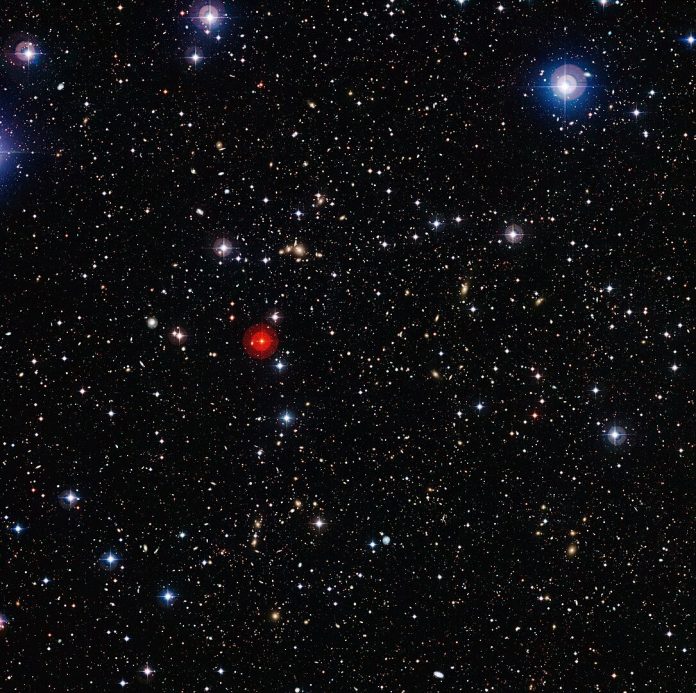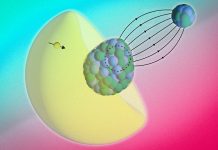
Astronomers have unveiled a new map of the universe’s largest structures—massive clusters of galaxies that stretch across millions of light-years.
These cosmic giants are helping scientists test fundamental ideas about how the universe formed and what invisible forces shape it today.
The study, led by researchers at the University of Chicago, used data from the Dark Energy Survey, a six-year project conducted from a mountaintop observatory in Chile.
The survey, managed by Fermi National Accelerator Laboratory (Fermilab), scanned large portions of the southern sky to collect detailed images of galaxies and galaxy clusters.
By counting and measuring how these clusters are spread out, scientists can test whether our current model of the universe still holds up—or if it needs updating.
For years, some studies hinted that the universe might not behave exactly as expected.
Specifically, earlier data suggested the universe might have been more “clumpy” in the past, meaning galaxies were more tightly grouped than current models predict.
If true, this would have challenged the Lambda-CDM model, the leading theory describing how the universe evolved from the Big Bang to today.
However, the new results support the standard model. “Our findings show that the Lambda-CDM model still does a good job explaining what we see in the universe,” said Chun-Hao To, a postdoctoral fellow at the University of Chicago and lead author of one of the papers.
Galaxy clusters—massive collections of hundreds or thousands of galaxies—are some of the largest objects known.
They form where gravity has pulled matter together over billions of years. Because they’re so large, clusters make excellent cosmic “yardsticks.”
Scientists can use them to study mysterious forces like dark matter, which pulls galaxies together, and dark energy, which pushes them apart. Together, these invisible ingredients make up about 95% of the universe, yet remain poorly understood.
“Clusters are very sensitive to these cosmic forces,” explained Chihway Chang, a senior author of the study and an astrophysicist at the University of Chicago. “If we miscount even a few clusters, we could draw very different conclusions about how much dark matter exists.”
Earlier studies faced challenges because galaxy clusters sometimes overlap in the sky, making them hard to distinguish.
But the new analysis carefully corrected for those effects, offering a clearer picture of the cosmic landscape.
The results also shed light on the so-called “S8 tension,” a long-running debate about how much structure the universe should have.
The new cluster data suggests that earlier discrepancies were likely due to measurement differences—not a flaw in the standard model.
As even more powerful telescopes, such as the Rubin Observatory and NASA’s Nancy Grace Roman Space Telescope, begin their missions, scientists expect to map millions more galaxy clusters. Each one will bring us a little closer to answering the biggest question of all—how the universe works.



